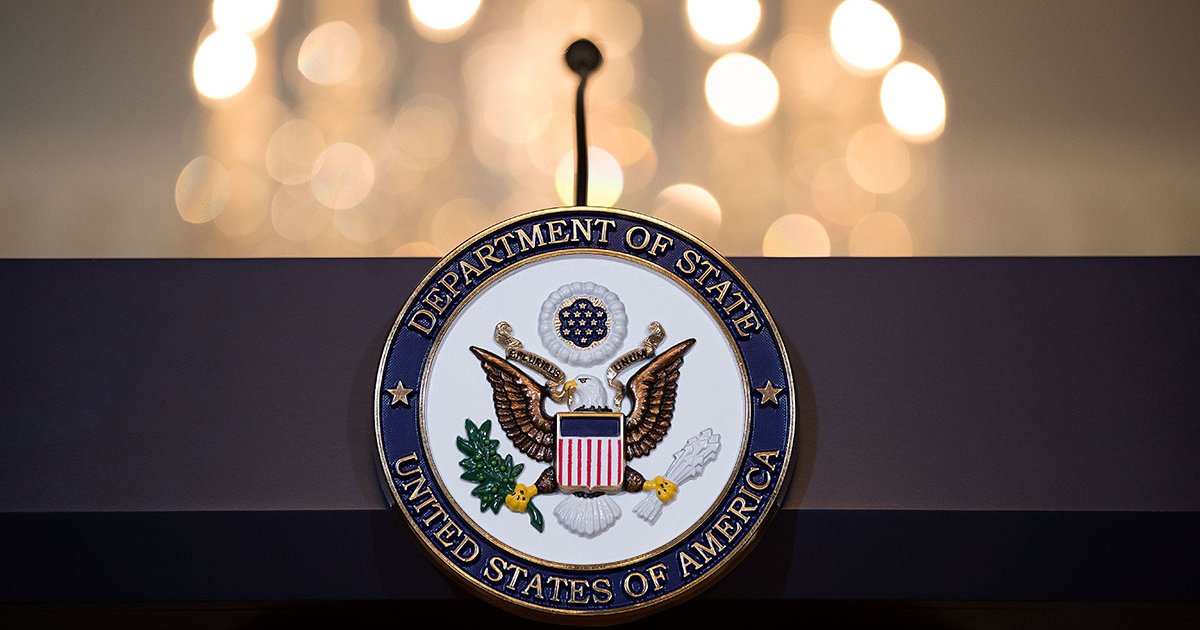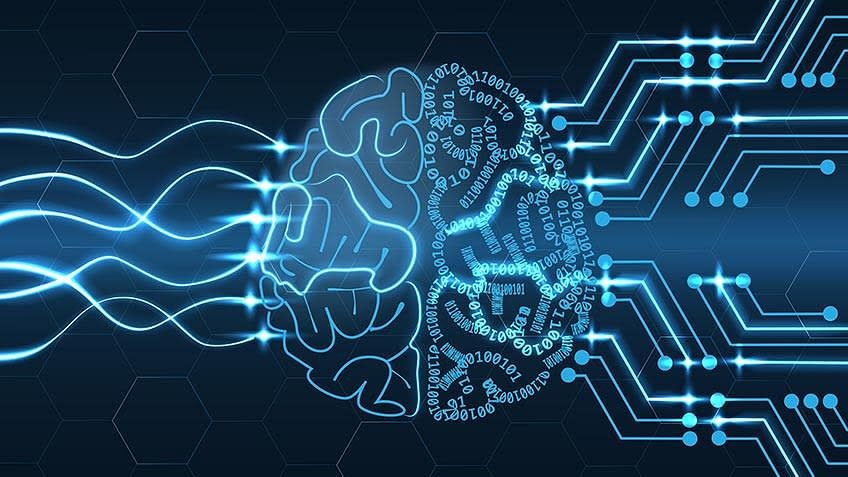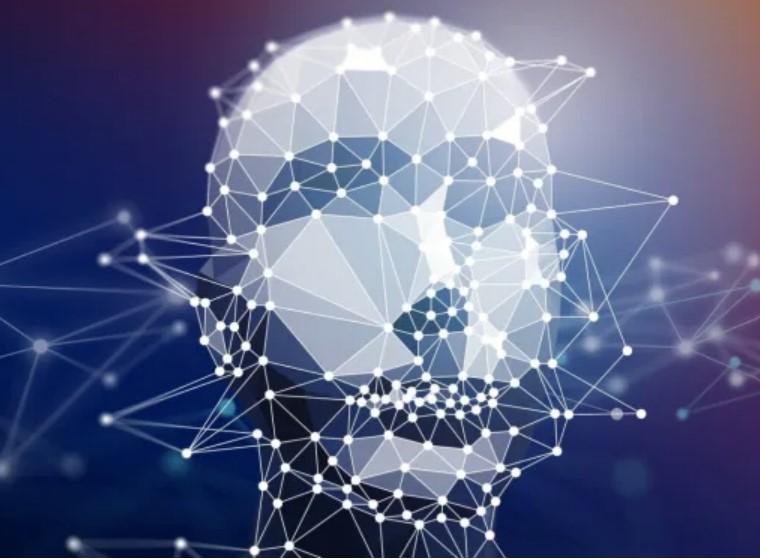by MATTHEW MILLER, DEPARTMENT SPOKESPERSON — The United States is today designating key Hizballah operatives and financiers operating a network in South America and Lebanon that generates revenue for Hizballah’s terrorist activities and provides cover for its presence in Latin America. Today’s action, taken in collaboration with partners in the U.S. government, including the Drug […]

Story by David Rufful — Speculation is swirling about who is really in charge and the Biden Administration as President Joe Biden appears unfit for office. At 80 years old, Biden is the oldest president in US history. If re-elected, he would be 82 at the start of his next term and 86 at the end of it. Numerous high-profile political commentators and former politicians, including former Speaker of the House Newt Gingrich, have suggested Biden can’t possibly be making the important decisions. (Poll: Is Joe Biden Fit to be President? VOTE)
During an appearance on Newsmax, political commentator Megyn Kelly suggested that former president Barack Obama and former First Lady Michelle Obama may be actually running the show. “There are a lot of people who think the Obamas are already running the government and that there is some sort of shadow puppet situation going on that they’re controlling,” Kelly told Newsmax. “There’s been questions from the beginning — is it Joe Biden really making the calls?” “I think Michelle Obama is seen as a savior figure by the Democrats who think she’s the most beautiful person ever. They think she’s the strongest leader. They think she’s their big hope,” Kelly said. Obama Suggested Having a ‘Front-Man’ For 3rd Term Dr. Ronny Jackson, the former White House physician for both Obama and Trump, has suggested that Biden is suffering from age-related dementia based on his constant mental lapses and gaffes in public.

Story by Katyanna Quach – the register — • It’s not all bad news. Poets are safe. And machines will take some jobs no human wants Generative AI will replace 2.4 million US jobs by 2030, and influence another eleven million, but other forms of automation will cost more jobs, according to a report from analyst firm Forrester.… The firm’s 2023 Generative AI Jobs Impact Forecast [PDF] predicts that the tech will reshape more jobs than it replaces, but also includes a section titled “Let’s Be Clear: Generative AI Is Coming After White Collar Jobs”. White collar workers most at risk of being left behind will be technical writers, social science research assistants, proofreaders, copywriters, and those in administrative positions. The biggest disruptions will be felt by workers that have college degrees, perform white-collar jobs, and are middle class. People with annual salaries less than $60,000, for example, will be impacted less by generative AI than those that earn $90,000 or more. Here’s a chart below showing how much different types of jobs can expect to be influenced by technology: Such workers have a couple of years in which to prepare, Forrester’s analysts suggest, because its modelling assumes it will take time for “questions on intellectual property rights, copyright, plagiarism, model refresh rates, model bias, ethics, and model response reliability” to be resolved.
The report also predicts that while generative AI will cost jobs, other forms of automation will have a greater impact. In 2023, the report predicts, generative AI will cause 9.3 percent of jobs lost to automation, rising to 30.4 percent by 2030. Not every job replaced by automation is a job lost to humans, the report asserts, because humans don’t want certain jobs. “In some cases, automation will stand in for jobs that have been hard to fill,” the report states. “For instance, physical robotics and automation are only beginning to fill the workforce gaps that have plagued frontline work in the 2020s.” But other jobs will impact humans and Forrester’s analysts warn of “deep social challenges like those faced in the post-industrial Rust Belt.”

By MUSTAFA SULEYMAN — time.com — We are about to see the greatest redistribution of power in history. Over millennia, humanity has been shaped by successive waves of technology. The discovery of fire, the invention of the wheel, the harnessing of electricity—all were transformational moments for civilization. All were waves of technology that started small, with a few precarious experiments, but eventually they broke across the world. These waves followed a similar trajectory: breakthrough technologies were invented, delivered huge value, and so they proliferated, became more effective, cheaper, more widespread and were absorbed into the normal, ever-evolving fabric of human life.
We are now facing a new wave of technology, centered around AI but including synthetic biology, quantum computing, and abundant new sources of energy. In many respects it will repeat this pattern. Yet it will also depart from it in crucial ways only now becoming clear. Amidst all the hype, the hope, the fear, I think the fundamentals are getting lost; the unique characteristics of this wave are getting missed in the noise. Understanding them, seeing what, exactly, is changing, is critical to understanding the future. AI is different from previous waves of technology because of how it unleashes new powers and transforms existing power. This is the most underappreciated aspect of the technological revolution now underway. While all waves of technology create altered power structures in their wake, none have seen the raw proliferation of power like the one on its way.
Think of it like this. Previous era’s most powerful technologies were generally reserved to a small capital rich elite or national governments. Building a steam powered factory, an aircraft carrier or a nuclear power plant were costly, difficult and immense endeavors. With the leading technologies of our time, that’s no longer going to be true. If the last great tech wave—computers and the internet—was about broadcasting information, this new wave is all about doing. We are facing a step change in what’s possible for individual people to do, and at a previously unthinkable pace. AI is becoming more powerful and radically cheaper by the month—what was computationally impossible, or would cost tens of millions of dollars a few years ago, is now widespread.

by Nada Maucourant Atallah — thenationalnews.com — When she stepped on to the platform amid enthusiastic cheers from her supporters, Lebanese powerlifter Joya Khairallah, 22, was faced with a steel bar loaded with several red plates weighing an impressive total of 183.5kg. This was an immense challenge for the young woman, weighing only 52kg, but she had to overcome it if she wanted to claim first-place at the 2023 International Powerlifting Federation (IPF) World Junior Championships. No one in her category had ever accomplished this feat, until August 29 in Cluj-Napoca in Romania, when Miss Khairallah firmly grasped the heavy bar and pulled it from the ground level to her hips, a movement called a “deadlift” – one of three lifts performed in powerlifting.
When she reached the lockout position, marking the end of the movement, she screamed in triumph and knelt to the floor, having just broken the world record. “After stepping on to the platform, I initially had doubts because I was exhausted, and my back was hurting, but I persevered, I got it and I won,” she told The National in Beirut during her first training session, a few days after the international competition. “There’s no actual word that really describes how I felt. It feels wonderful, but I’m still a bit in denial,” she added. The Lebanese champion achieved a total of 428.5kg for the three lifts (bench, squat, and deadlift), setting yet another IPF Junior World Record in her weight class.

by venturebeat.com — Gary Grossman Edelman – Generative AI is gaining wider adoption, particularly in business. Most recently, for instance, Walmart announced that it is rolling-out a gen AI app to 50,000 non-store employees. As reported by Axios, the app combines data from Walmart with third-party large language models (LLM) and can help employees with a range of tasks, from speeding up the drafting process, to serving as a creative partner, to summarizing large documents and more. Deployments such as this are helping to drive demand for graphical processing units (GPUs) needed to train powerful deep learning models. GPUs are specialized computing processors that execute programming instructions in parallel instead of sequentially — as do traditional central processing units (CPUs). According to the Wall Street Journal, training these models “can cost companies billions of dollars, thanks to the large volumes of data they need to ingest and analyze.” This includes all deep learning and foundational LLMs from GPT-4 to LaMDA — which power the ChatGPT and Bard chatbot applications, respectively.
Riding the generative AI wave
The gen AI trend is providing powerful momentum for Nvidia, the dominant supplier of these GPUs: The company announced eye-popping earnings for their most recent quarter. At least for Nvidia, it is a time of exuberance, as it seems nearly everyone is trying to get ahold of their GPUs. Erin Griffiths wrote in the New York Times that start-ups and investors are taking extraordinary measures to obtain these chips: “More than money, engineering talent, hype or even profits, tech companies this year are desperate for GPUs.” In his Stratechery newsletter this week, Ben Thompson refers to this as “Nvidia on the Mountaintop.” Adding to the momentum, Google and Nvidia announced a partnership whereby Google’s cloud customers will have greater access to technology powered by Nvidia’s GPUs. All of this points to the current scarcity of these chips in the face of surging demand. Does this current demand mark the peak moment for gen AI, or might it instead point to the beginning of the next wave of its development?
How generative tech is shaping the future of computing
by Zlatan Hrvacevic — The Port of Beirut has historically played a vital role in Lebanon’s economy, as a major cargo and transit hub. However, due to the civil war and political instability, this key position has weakened over time. The situation was compounded by the COVID-19 pandemic and a major explosion in 2020. As […]

By Liza Ayach — Thenationalnews.com — I have been following Luai Ahmad Alkilani on social media for some time now. A big reason why he’s captured my admiration is because, despite being Kuwaiti, he showcases life in Lebanon more fervently than the Lebanese themselves, especially the cuisine. When I reach out to the businessman-turned-blogger, he tells me his love affair with the country began in his childhood when his parents used to whisk him away to the scenic hills of Bhamdoun, Falougha and Hammana for summer getaways. Now 56, Alkilani has woven a bond with the country that transcends both time and nationality. While his first wife is Kuwaiti, Alkilani’s second wife is Lebanese, solidifying his deep-rooted attachment to the country. “Kuwait is where I primarily reside, but I often travel to Lebanon and typically dedicate my entire summer to being there,” says Alkilani. “My family, children and friends also cherish the country due to my frequent visits and extensive explorations.
In Lebanon, you can swim by the shore and dine in the mountains within a 45-minute drive. A self-professed “food enthusiast”, Alkilani says his adoration for Lebanese dishes sparked his mission to advocate cross-cultural gastronomy. “I adore Lebanese food in all its varieties,” he says, with his favourites spanning street food classics such as mankoushe and falafel to delicacies served at fine-dining restaurants. “I often contemplate crafting fusion dishes that combine Kuwaiti and Lebanese flavours, to satisfy people from both nations,” he adds. “These creations would blend Levantine-spiced rice with signature Gulf sauces, for a culinary blend that could yield exquisite, innovative dishes for dining tables across the region.”

by Raghida Dergham — the nationalnews — Almost a year after Amos Hochstein helped broker a historic agreement between Lebanon and Israel to demarcate their maritime border, the US energy envoy landed in Beirut on Wednesday to assist the neighbours in their attempt to resolve their outstanding land border disputes. Success in this regard could provide US President Joe Biden’s 2024 re-election campaign a considerable boost. This isn’t a move simply to resolve the fate of a few square metres of disputed territory, or about carrying out land swaps. We are talking about a potential end to the Lebanon-Israel conflict, achieved by securing Beirut’s independence from the path of negotiations that involved Syria.
A deal could benefit Tehran, given Trump’s possible return would be a source of concern for the regime It is worth noting that previously Damascus imposed what it termed “twin-track” negotiations on Lebanon for decades, which impeded Beirut’s attempts to end its complex conflict with Israel at a time when Syria’s own issues with Israel remained unresolved. This was intended to ensure that Lebanon remained a bargaining chip for Syria. However, today’s circumstances have shifted to a “first come, first served” approach, due in large part to the Syrian government’s diminished regional influence, its struggles to maintain control over its own territory, and the fact that the primary Arab player in regional and international affairs today is not Syria but Saudi Arabia. The Biden administration is now actively engaging with Saudi Arabia, marking a shift in strategy as Washington views this as the most viable way to engage with the region.
Mr Hochstein’s Lebanon visit might seem insignificant in the context of US-China and US-Russia relations, Nato’s expansion, and the creation of alliances around the world. But it is of strategic importance to Washington – and one that goes beyond the extraction of oil and gas necessary for Europe in a time of scarcity imposed by the Ukrainian war. The primary message Mr Hochstein conveyed to those he met in Lebanon, including officials and non-governmental figures, is that the Biden administration is concerned about long-term stability and peace and is prepared to work towards rectifying the irregularities on the Blue Line, which covers the Lebanon-Israel boundary. Mr Hochstein also emphasised conflict resolution by way of partnering with regional countries, rather than by imposing an agenda, as was sometimes the US approach in the past.

US Embassy in Lebanon
by the arabamericannews.com — Arab American community activists are urging the Department of Homeland Security to declare Temporary Protected Status (TPS) for Lebanese nationals in the U.S.. It would grant temporary immigration status for people to live and work in the U.S. due to challenges in their home country. Adam Beddawi, policy manager for the National Network for Arab American Communities (NNAAC), says more than 12,000 people are impacted by TPS in the United States, including many families in Metro Detroit. “There are certain people who currently reside in this country… if they were to go back to Lebanon, they would not be able to make ends meet,” Beddawi said. “And in fact, they may even be subject to violent horror.” As the home of the largest Arab American population per capita in the country, Dearborn also houses one of the biggest concentrations of Lebanese communities. Beddawi said Lebanese nationals face unique challenges, especially after the pandemic and political crisis in the country. Lebanese citizens are in the fourth year of economic turmoil and lack many basic necessities.
The Beirut explosion of 2020 added fuel to the fire.
Dearborn is home to one of the largest Lebanese communities in the United States. “The most recent event that I think should have forced action by the Department of Homeland Security went without a response, and the conditions have only worsened over time,” Beddawi said. In April, Michigan U.S. Reps Rashida Tlaib and Debbie Dingell introduced the Lebanon TPS Act of 2023. If passed, Congress can request the Department of Homeland Security to declare Temporary Protected Status for Lebanese nationals for 18 months.



